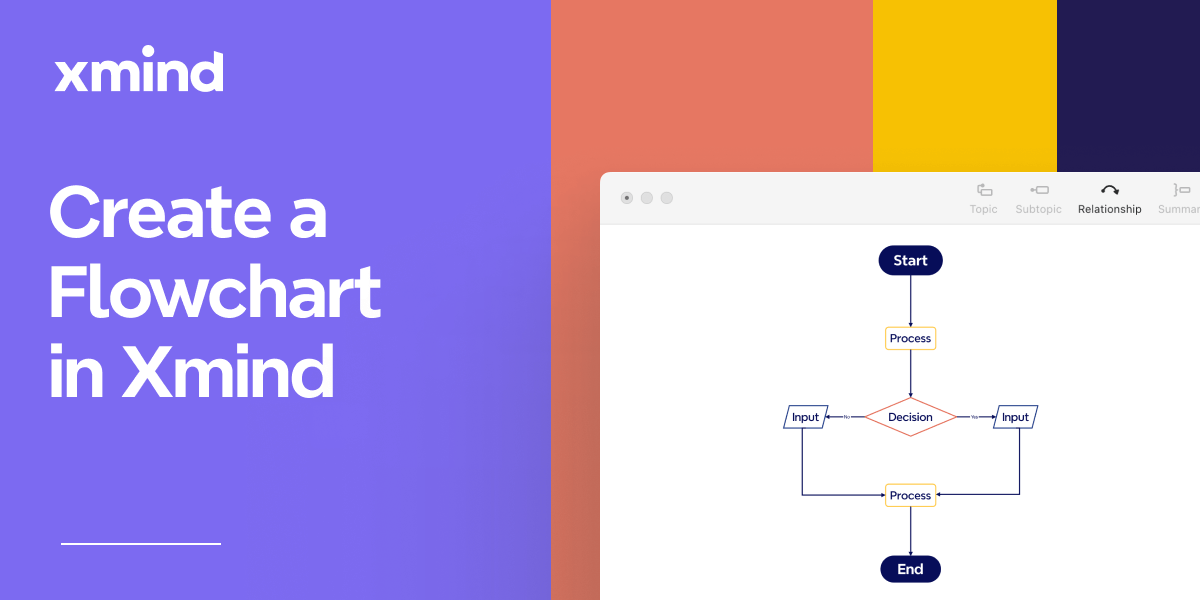Nov 3, 2020
How to Write Weekly Reports with XMind?

Nov 3, 2020
How to Write Weekly Reports with XMind?

Weekly report at work is one of the effective tools that are necessary for managing and communicating within a team, especially when we are transforming everything into remote. However, many employees find it annoying and even question whether it is a time-wasting thing to report weekly, that’s probably because they haven’t done it in the right way.
In XMind, we also need to write weekly reports. Writing with our own tool XMind, most team members finish their reports efficient and organized, in less than ten minutes. Therefore, in the following article, we are going to discuss how to write a good weekly work report, making a reflection of the past week and planning out tasks for next week, with XMind.
Is it Necessary to Write Weekly Reports?
Some people regard a weekly report as a mere formality in corporations, but it is actually a very necessary and smart tool not only for strengthening communications within teams but also for allowing yourself to have a better reflection time and developing time management skills.
Team Updates
Weekly reports serve as a communication tool. By going through weekly reports, a team leader is able to be fully aware of the current project progress, individual working status and any work difficulties or problems. Colleagues from different departments can keep updated with others’ finished tasks and ongoing projects to see if there is an overlapping or cooperative part.
Time Management
Weekly reports can be a part of the time management process. You reflect back on what you did this past week and plan out a to-do list for what is coming up next week. It is efficient to use the weekly report time to realize your next week’s goals, organize specific tasks, and manage future time while making adjustments when needed.
Self-Reflection
Weekly reports give us opportunities to self-reflect.
Working in a structured routine can lead to a lack of creativity which is a must in almost every industry. Sometimes it is helpful to use a creative and efficient tool like XMind to write weekly reports, allowing sufficient time for self-reflection. Compared to typing hundreds of words to summarize past tasks done in a week, mapping a weekly report with XMind would allow your brain to have more breathing spaces for thinking and evaluating your performances. Through a structured logic map, you look back and see what you’ve accomplished and encountered in the past week, summarize and flag any unfinished tasks or unsolved problems for next week.
What Does a Good Weekly Report Look?
We’ve summarized a map regarding what a good weekly report should include.
Never think of writing a weekly report as a forced task to complete for supervisor’s need. Write it for your self-reflecting, monitoring, and planning purposes. Be honest and succinct ;-)
Use XMind to Write in Less than Ten Minutes.
Let this map tell you why XMind is perfect for weekly reports! With built-in templates and features dedicated to facilitate your thinking process, it takes less ten minutes (for me at least) to write a structured, clear and reflective weekly report.
For your convenience, we’ve made a weekly report template, linked for you to download if needed!
That’s it for today! We hope this article and the report template help you finish weekly reports more efficiently and achieve better work results. Until next time, have fun with XMind.
More Posts
Flowchart Essentials: Definition, Templates, and Free Softwares
Discover the power of flowcharts with our detailed guide. Learn what a flowchart is, explore practical use cases, and discover how to create and optimize them using softwares like Xmind and Xmind AI for enhanced workflow efficiency.

Bubble Maps: Definition, Examples, and How to Create in Xmind
Discover the power of bubble maps for data visualization with our comprehensive guide. Learn about different types, practical applications, and best mind mapping tools like Xmind. Get step-by-step instructions and expert tips to create stunning bubble maps for brainstorming, project management, and report writing.

The Plan-Do-Check-Act (PDCA) Cycle, Explained (+Mind Map Examples of PDCA)
PDCA is a simple yet effective methodology that can help you improve your work processes and get better results. By following the cycle's four steps - Plan, Do, Check, and Act - you can achieve continuous improvement in your operations, leading to better quality, increased efficiency, and greater customer satisfaction. Xmind is a great tool for implementing the PDCA model.


One space for all your ideas
Organize thoughts, visualize structures, connect ideas, and unlock insights.
Get Started for Free





